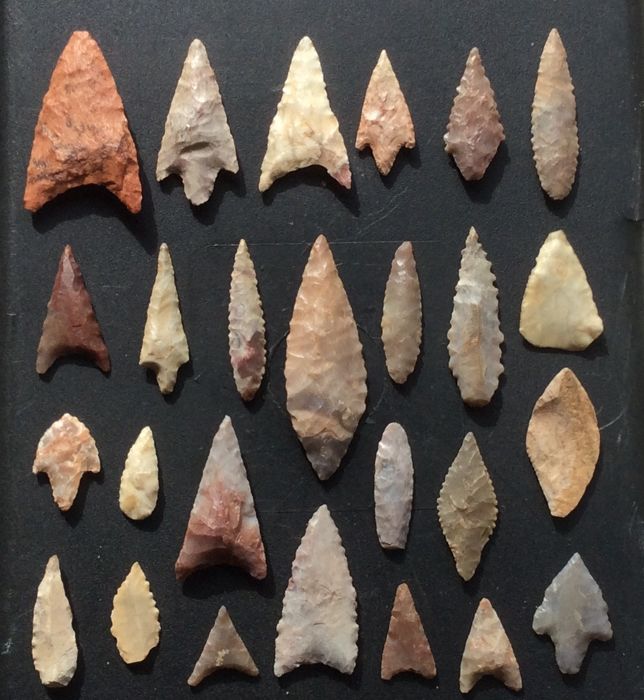Many companies don’t claim R&D Tax Credits they potentially could. One of the big reasons for this is a lack of understanding about what R&D is for tax relief purposes. Quoting the “wordy” rules is unclear without context. Confidentiality often means clear examples and case studies are difficult to provide. Where they are given, plagiarism is a risk, as everyone is busy and want to take short cuts to answers. An R&D claim should be about your companies work.
I decided to therefore look at the pattern of evolution of one of the oldest technologies – the bow and arrow, and see what insights could be drawn about the definition of R&D for tax relief purposes and why it is broader than many might think.
It is hard to know when the bow and arrow were first invented, but archaeology suggests this was about 18,000 years ago. Unfortunately, for the inventor at that point in time IP and Patents had not been invented nor could they claim back as much as 33% of their R&D expenditure from the government.
Did bow and arrow R&D stop here? Clearly not. R&D is about a lot more than the initial invention. It was a major invention but communication in those times was poor (no internet). It is likely the bow and arrow were reinvented repeatedly around the globe as man evolved. Apart from apparently Australia, too busy working on boomerangs. The R&D Guidelines allow for the fact that the details of R&D might not be in the public domain & that companies can be doing qualifying R&D in similar areas provided that the knowledge is not available of how to achieve the advance being sought.
It is also clear that the invention of the bow and arrow had what scientists call a cascade effect. One invention led to further R&D in an inevitable but not necessarily predictable way. For example, the bow led to a better understanding of projectile physics and issues like power to weight ratios. Different arrowhead designs were prototyped for penetration and accuracy. It also led to better defensive technologies to defend against arrows, which in turn created a need to develop better bows and arrows. Competition is a major driver of R&D. It is also clear, that just like 21st Century Mankind, his Stone Age predecessor was often doing R&D without thinking about it in those terms.
Within the very long period of development, different bow technologies emerged, most famously the Recurve Bow, Crossbow, and Longbow. These were great advances in the technology, but around them the cascade effect created other appreciable improvements to those bows themselves and other related technologies. Disruptive invention is a cause of R&D, but it is not the end of R&D.
Why are the bow and arrows not a significant technology today? Well the study of a corpse from The Mary Rose of a longbowman has suggested it takes a toll on the human body. A lack of enough skilled bowman was one of the reasons why the gun was invented which took away the limiting factor of bow and arrow technology – the strength and skill of its operator. Although, the law requiring every able-bodied Englishman of fighting age to practise with his longbow every Sunday has never been repealed.
I have never been involved in a bow and arrow R&D claim but have worked on claims around “better” crossbows. Archery is an Olympic sport and R&D is still ongoing. Technology rarely stands still.
What insights can we draw?
Has your business had to invest and develop new capabilities due to technological change?
Lots of companies can be doing R&D simultaneously on similar products, processes, or systems. World firsts are great, but the cascade effect can mean further R&D is required around the big headline world first innovations both on the invention but also around it. Providing the knowledge is not in the public domain, well known, or readily deduced, one great advancement can spur many associated R&D projects. R&D is not just about the initial advancement – it can be about appreciable improvements from the original. An advance in one area can lead to the need for advances in other areas. R&D for tax relief purposes is therefore more common than people might think because generally we tend to focus on the headline inventions and not all their consequences.
Nobody likes to miss an opportunity. The easiest way to see if your company can claim is to get a free assessment from one of our great consultants. Don’t miss the target.

